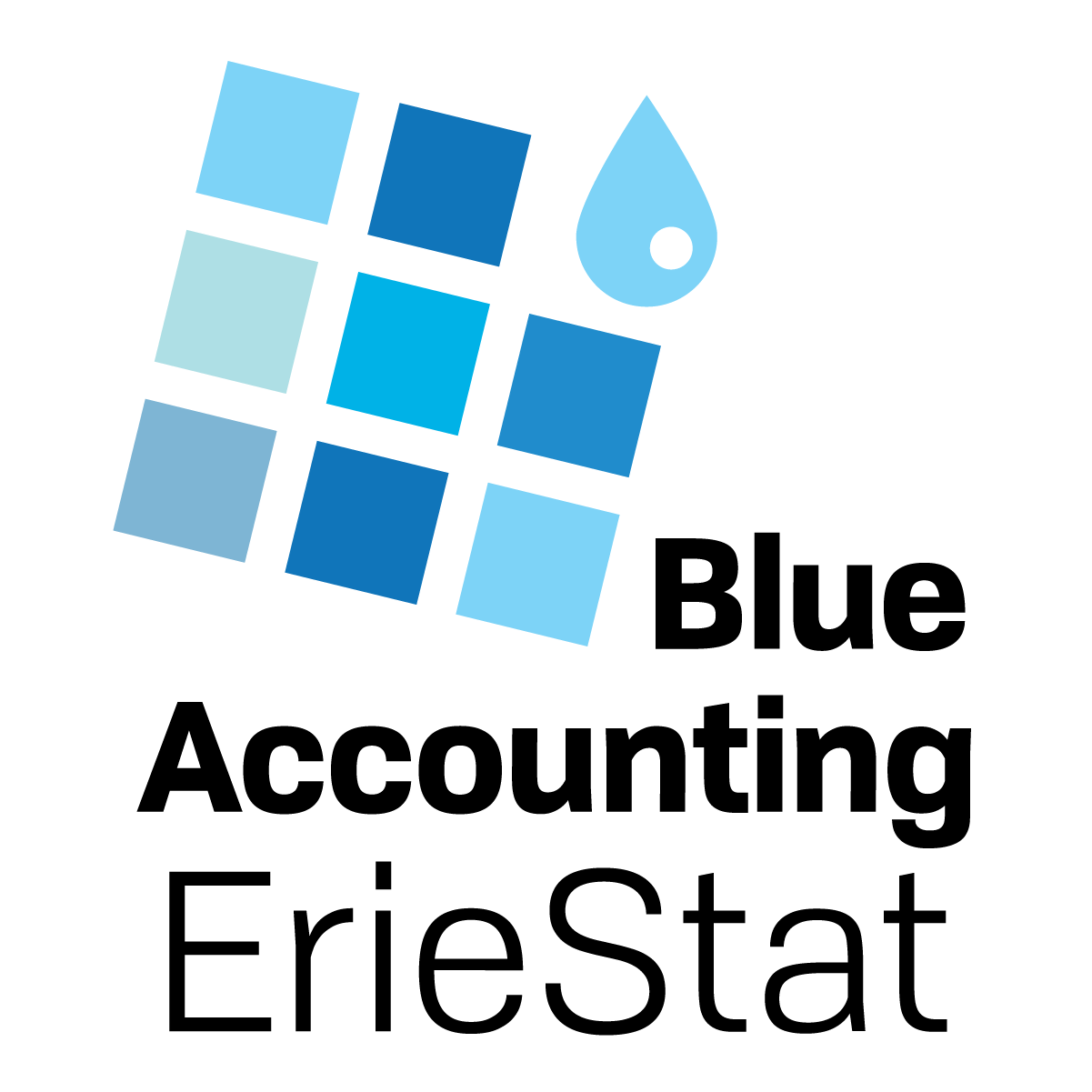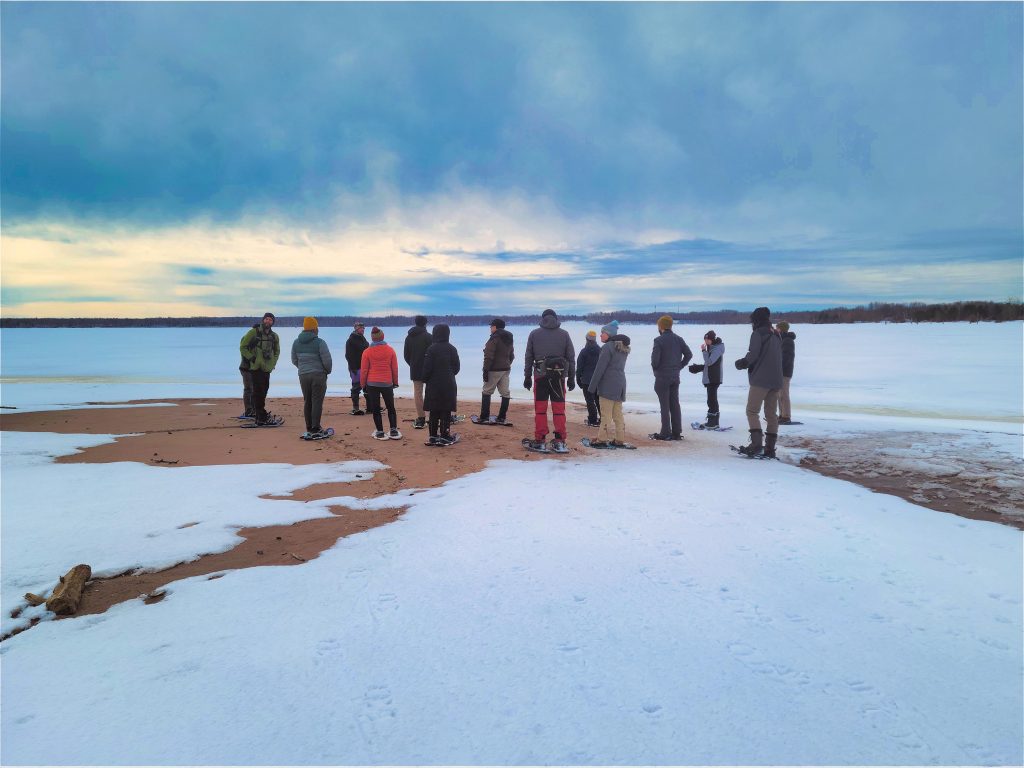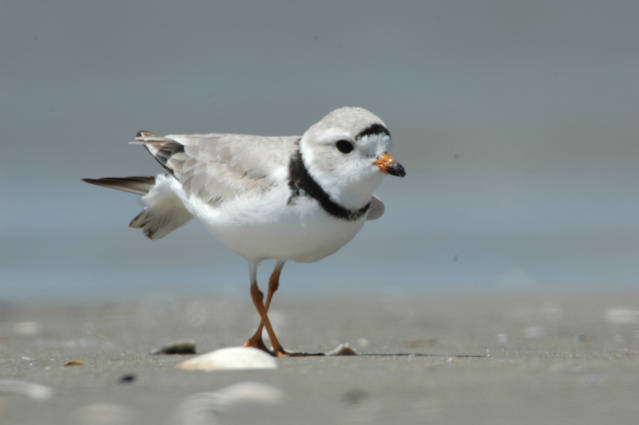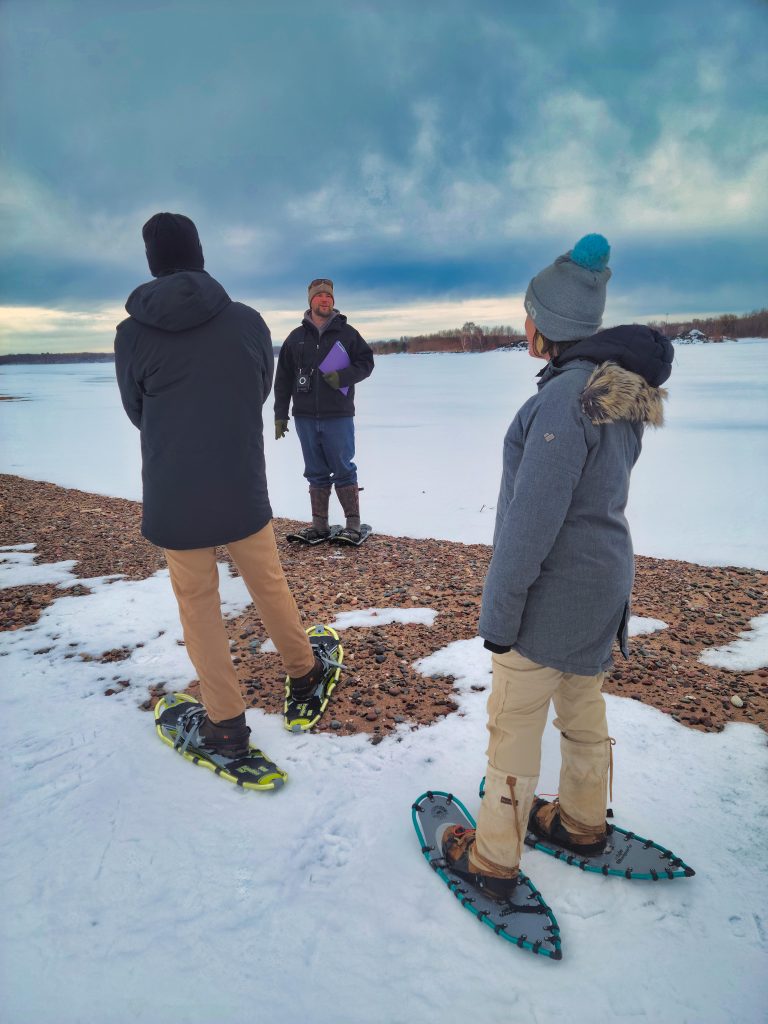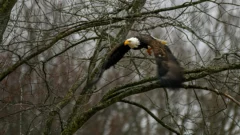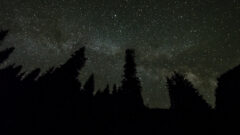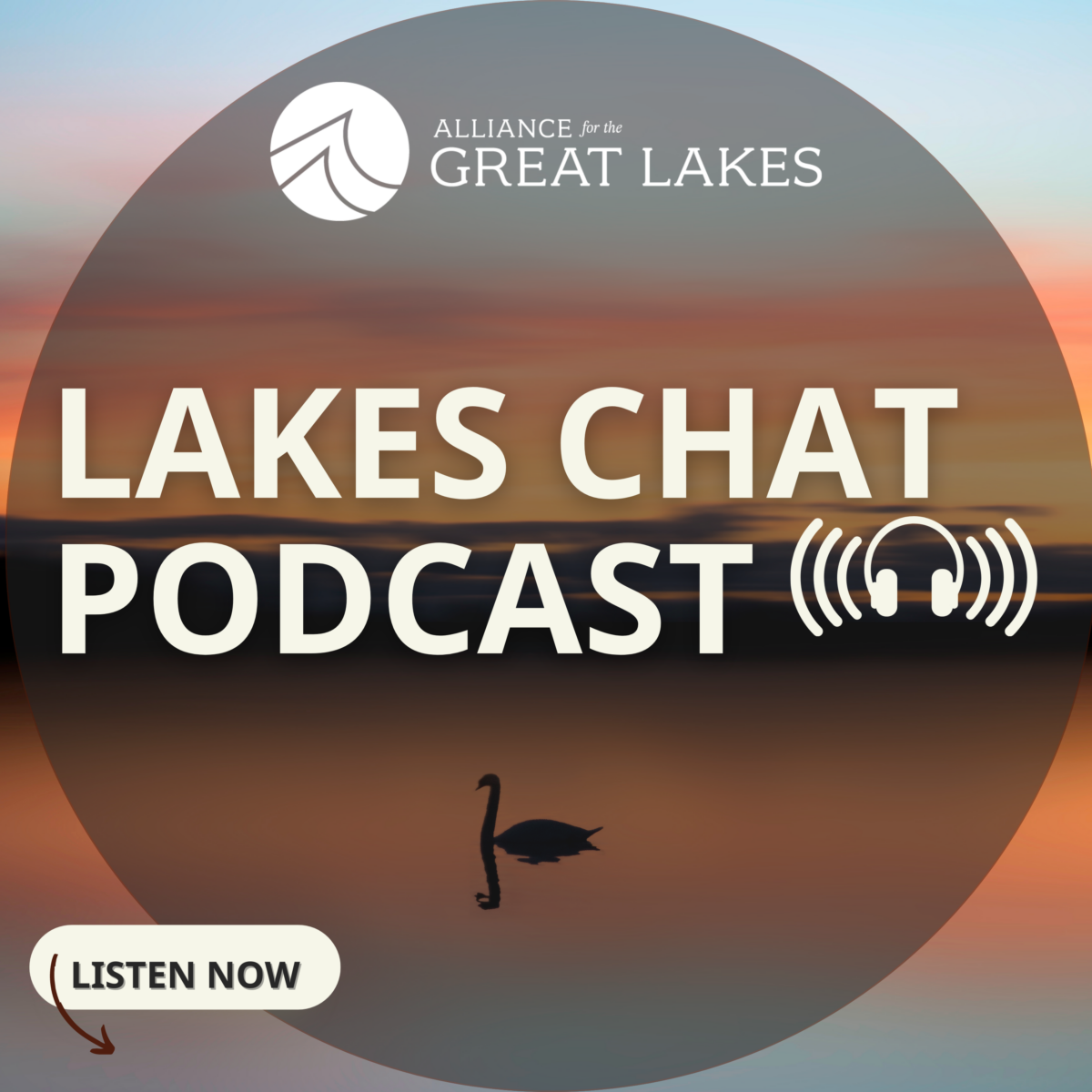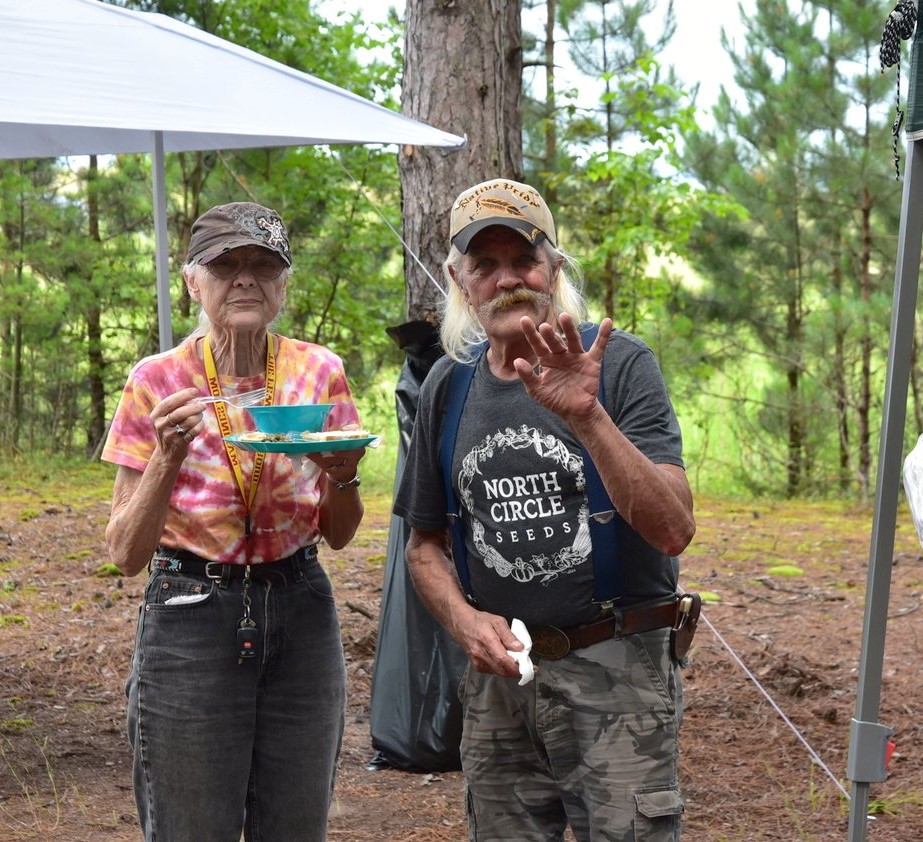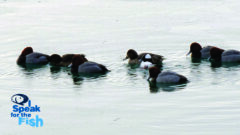Midnight madness at Soo Locks as hundreds watch first freighter
Parking was hard to come by Friday night as people made their way into the Soo Locks Park to watch the first freighter officially open the 2023 shipping season in Sault Ste Marie, Michigan. A few hundred people packed the viewing platform at midnight to photograph, video, and talk about the 1004′ x 105′ Edwin H. Gott slowly working its way into the Poe Lock. Read the full story by Soo Today.
Great Lakes Commission
https://www.glc.org/dailynews/20230327-soo-locks

